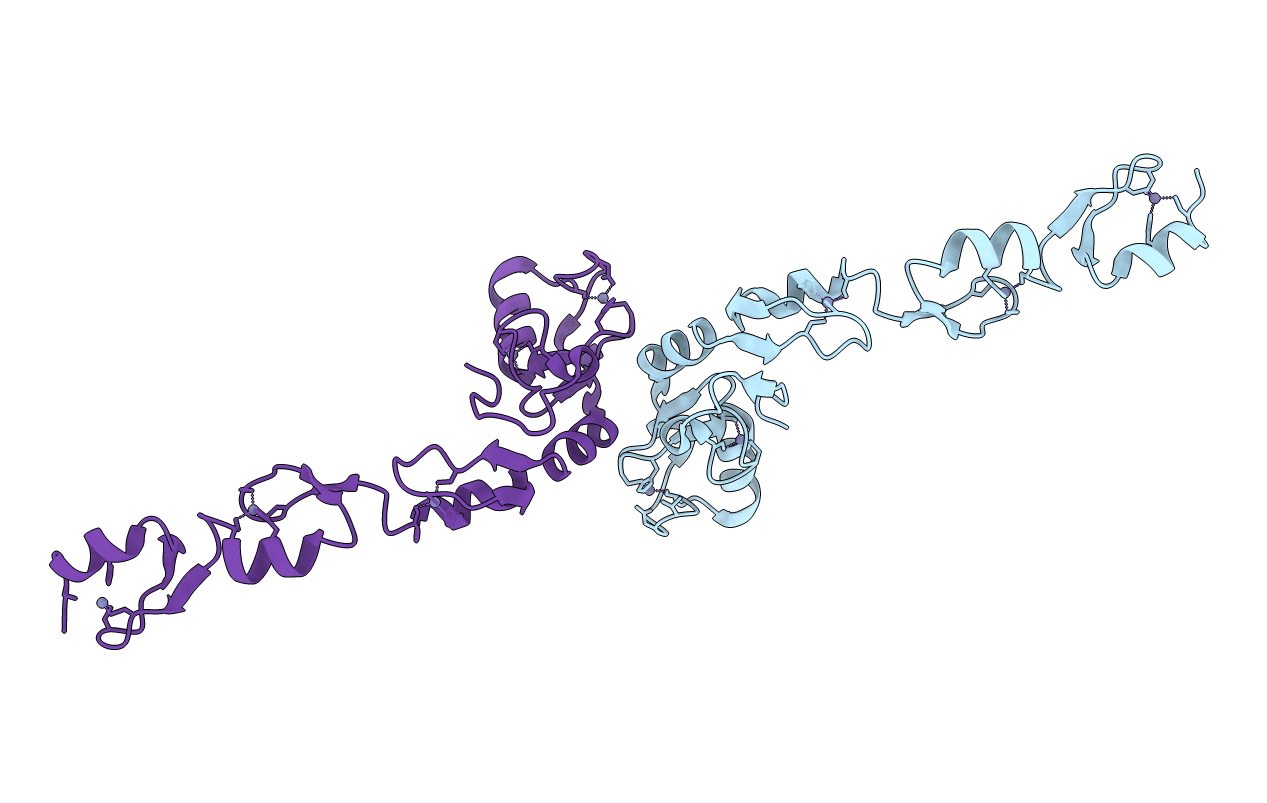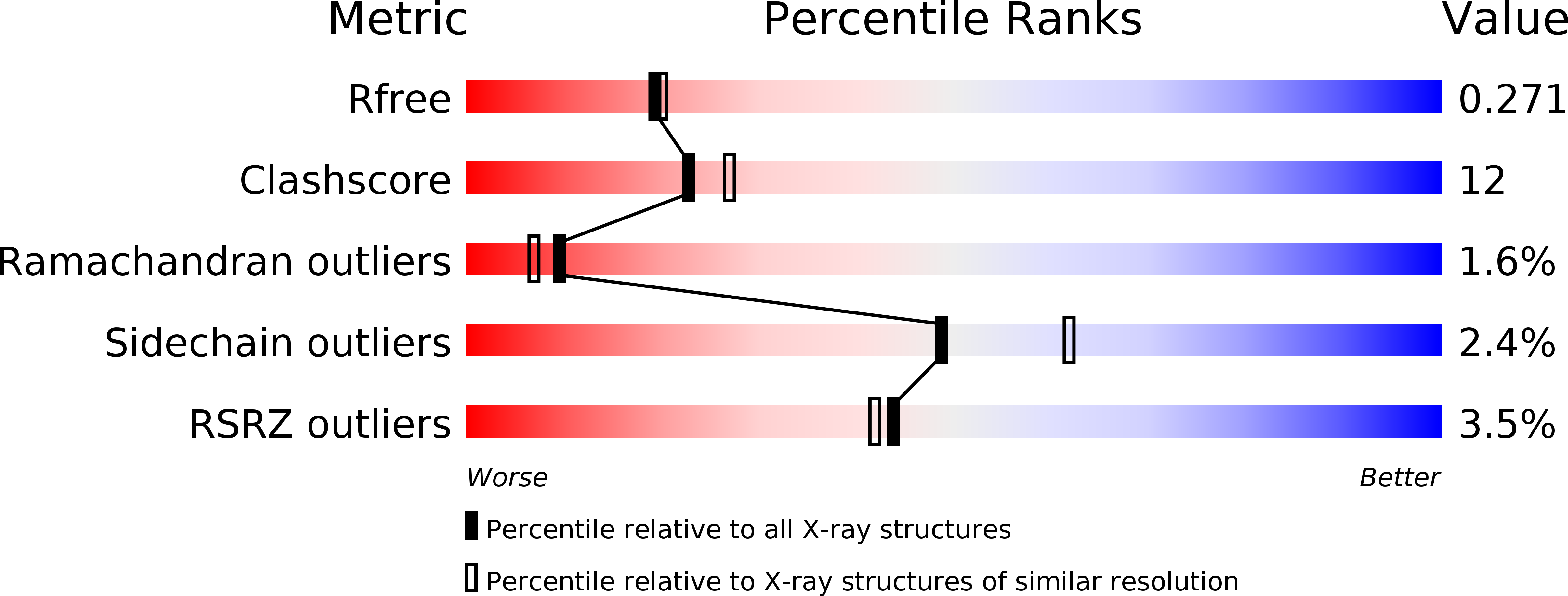
Deposition Date
2009-05-06
Release Date
2009-05-26
Last Version Date
2024-02-21
Method Details:
Experimental Method:
Resolution:
2.20 Å
R-Value Free:
0.27
R-Value Work:
0.22
R-Value Observed:
0.22
Space Group:
C 1 2 1


